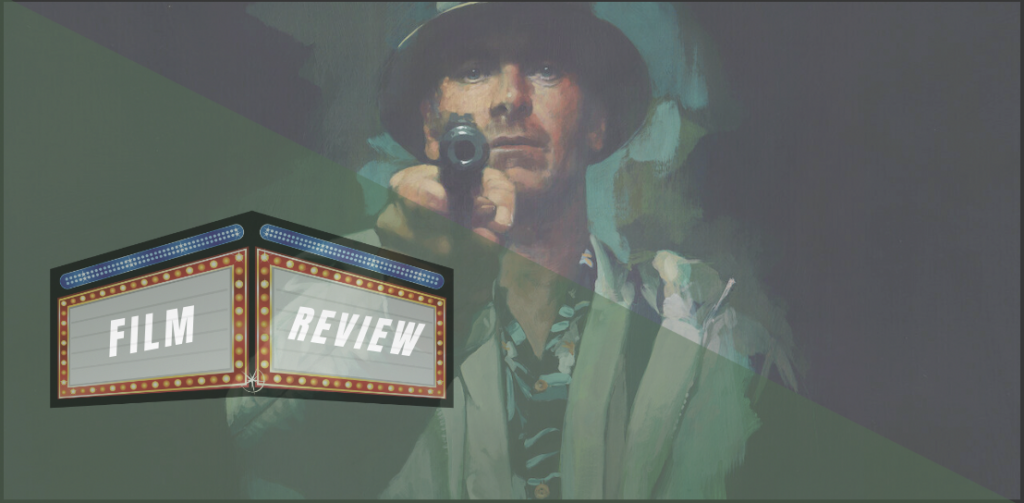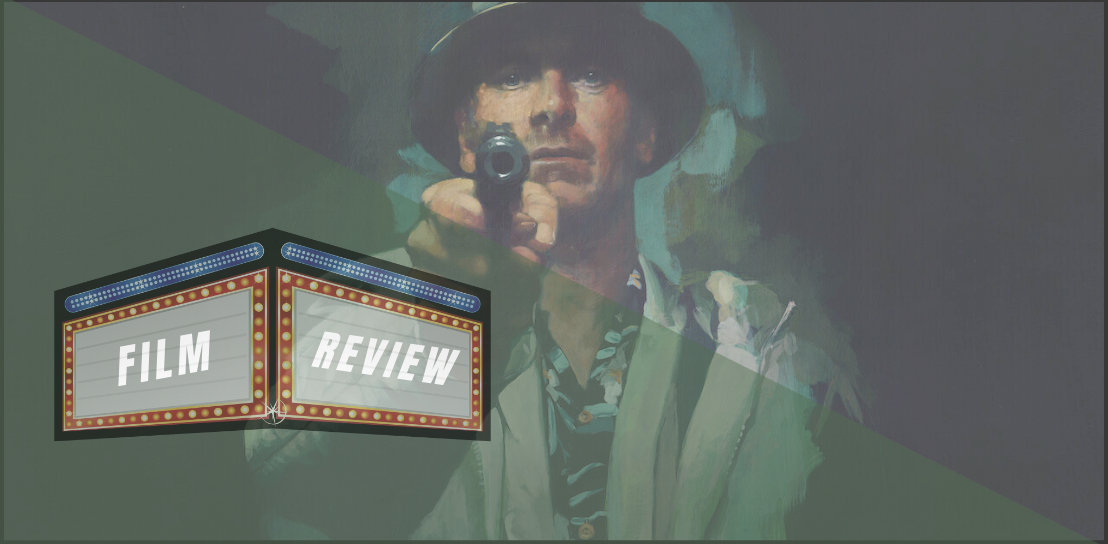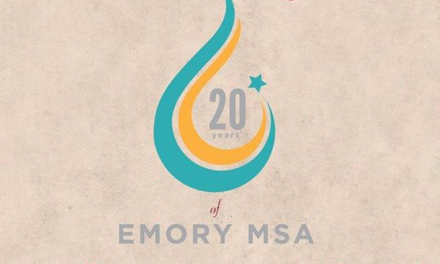
(Photo Manipulation by Ari Segal)
Content Warning: This article contains references to murder.
“The Killer” defies expectations from the start. What might seem like a simple action-flick is actually a deep study of process, perfectionism and craft from one of our generation’s greatest filmmakers.
“It’s amazing how physically exhausting it can be to do nothing,” said the killer, who is played by Michael Fassbender. “If you are unable to endure boredom, this work is not for you.”
While the film focuses on the minutiae of life as an assassin, “The Killer” is certainly not boring.
The film was released on Netflix on Nov. 10 after a limited run in theaters. It is director David Fincher’s 12th feature film and second Netflix production.
The audience first enters the world of the killer as he awaits his next mark. The killer stakes out his next job from an abandoned WeWork office, waiting for days for the target to arrive. He shares his inner monologue, detailing the monotony and solitude of life. The killer is unflinchingly devoted to his job, and yet, when the time comes to perform the hit, he bungles it and kills an innocent bystander. The rest of the film follows the fallout from the botched hit, in which the killer has to clean up the loose ends of his crime as others hunt him down.
That might seem like a simple premise in comparison to Fincher’s other crime-thrillers like “Se7en” (1995), “Fight Club” (1999) and “Gone Girl” (2014), all of which have much more complex narratives. However, Fincher had room to explore new areas because of the simple plot in “The Killer.” Fincher has often been described as a perfectionist director, even shooting 99 takes of a scene before feeling satisfied with it. He channeled that perfectionism into the killer, who takes meticulous steps to set up and clean up his crimes, which define his life.
Fincher made these day-to-day details like changing license plates, picking up McDonald’s and buying weapons still feel kinetic and cinematic. The film’s excellent editing and cinematography always hook the viewer, even if not that much is happening at a certain moment. Watching the killer sit, silently listening to The Smiths on his iPod Nano, is still interesting due to Fincher’s top-notch filmmaking.
That is an impressive feat for a film, but it does sometimes make “The Killer” a bit sterile. So little dialogue exists outside of the killer’s inner monologue that the film starts to feel hypnotic. That might be the point of the movie — to put the audience in the shoes of the killer — though it does, at points, feel a little boring.
The score also adds to the movie’s hypnotic feeling. Trent Reznor and Atticus Ross, two of Fincher’s longtime collaborators, create a soundscape filled with drones, scratches and random synth sounds. It is very effective at giving the movie an industrial, manufactured feeling.
Furthermore, “The Killer” features noteworthy action scenes: The hand-to-hand fight that takes place toward the end of the film is one of the most impressive depictions of raw violence I have seen. While the fight only takes place in a house, the action is incredibly cinematic and engrossing. It makes everyday objects and furniture feel like grand setpieces instead of ordinary props. It is proof that prominent action scenes do not need computer-generated imagery — they need great choreography and editing.
Another one of the movie’s most impressive scenes is when the killer flees from the site of the botched hit. It perfectly combines the film’s goal of centering the viewers in the mind of the killer while also depicting extremely kinetic action. The audience is put fully into the perspective of the killer as he races around the streets of Paris. He is unsure if the police are tailing him, and so are viewers. There might be stakes to this chase, or there might not even be a chase at all; the audience has no idea, nor does the killer.
The movie also feels in line with some of Fincher’s earlier work in terms of its anti-consumerist nature. “The Killer” seems to show how companies help make the world a more violent place: The killer stakes out his targets from a WeWork office and picks up tools from an Amazon Locker. Like “Fight Club” and “The Social Network” (2010), “The Killer” points out how technology and capitalism are dangerous forces in modern society.
While not every choice in “The Killer” is effective, the film is still successful. The action is incredible, and it seems to give the viewer another insight into Fincher’s perfectionism. It is a worthwhile addition to his top-tier filmography.
If you or someone you know have been affected by homicide or murder, you can reach Emory’s Counseling and Psychological Services at (404) 727-7450 or https://counseling.emory.edu/. You can reach the Emory Police Department at (404) 727-6111 or the Atlanta Police Department at (404) 614-6544.
Alex Gerson (he/him) (27C) is from Bethesda, Maryland. Outside of the Wheel, he's a member of eTV and hosts "Discography Discoveries" on WMRE. In his free time, Alex is probably watching TV and movies, listening to music or following the Washington Nationals.







